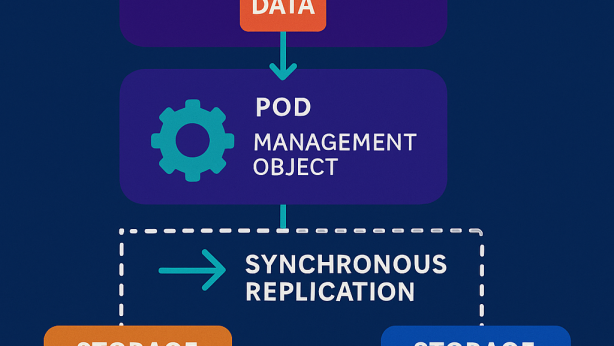AUTOMATED VIDEO CAPTURE AND COMPOSITION SYSTEM
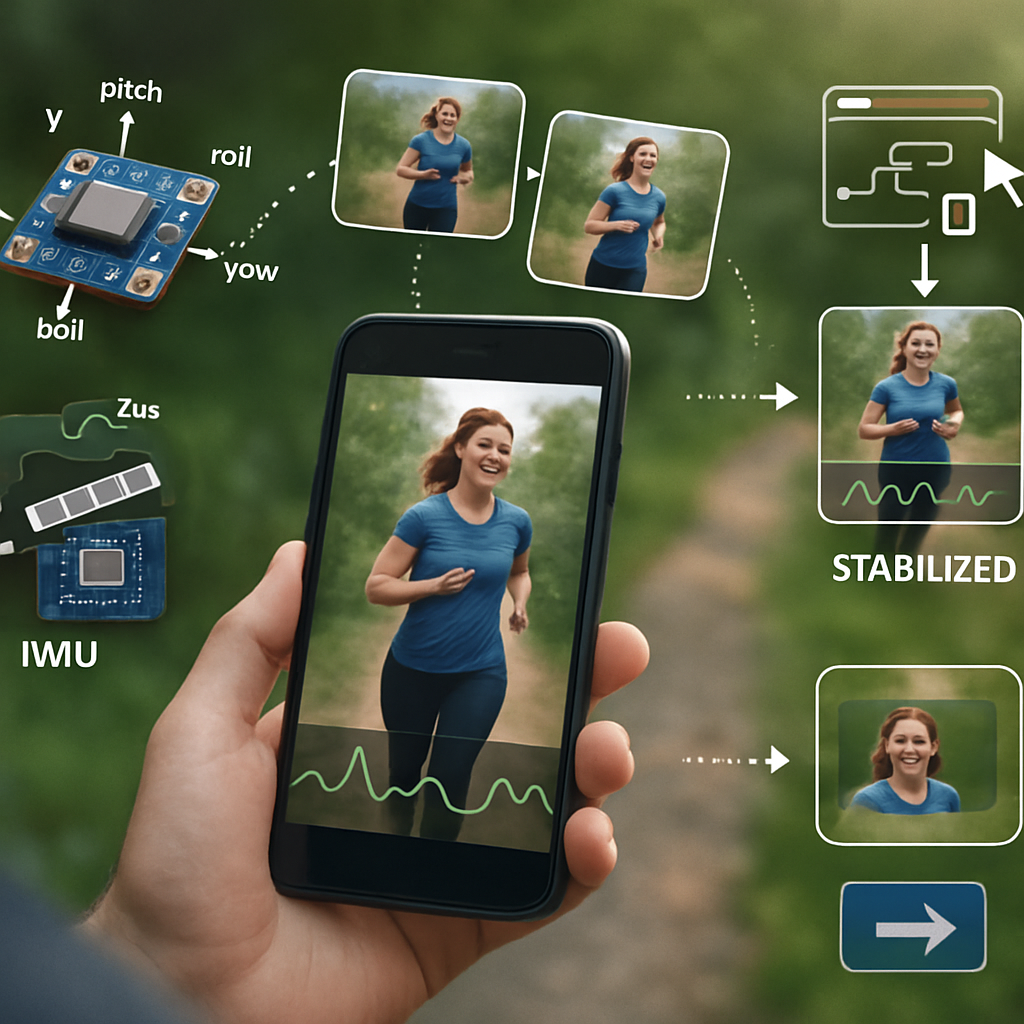
Invented by Hanover; Matthew, Zhuang; Richard
Video creation is everywhere now. From sharing fun moments with friends to making professional content, recording video has become part of daily life. But as anyone who has tried to film while moving knows, making smooth, interesting videos is not always easy—especially when your hands are busy or you’re on the move. Now, a new patent for an electronic eyewear device promises to change how we capture, edit, and share videos, making the process simpler and the results better. Let’s explore what’s happening in this field, how the science works, and what this new invention brings to the table.
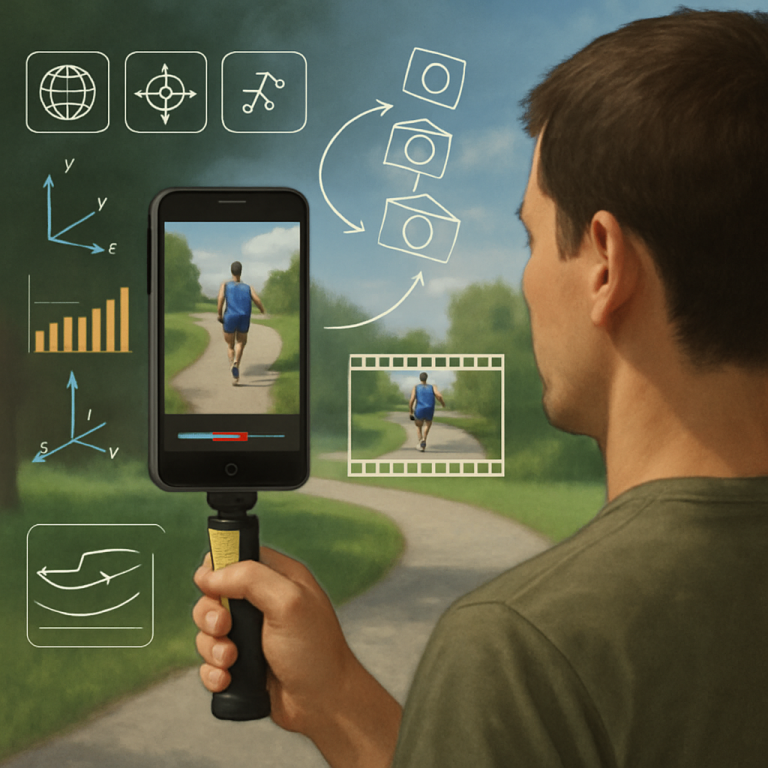
Background and Market Context
It’s common to see people holding up their phones, trying to catch a special moment, a beautiful scene, or a family gathering. Over the years, cameras have gone from large and heavy to tiny and wearable. We now have smartglasses and digital eyewear that put the camera right on your face, following your view as you move through the world.
But there’s a problem: video taken from wearable devices is often shaky, long, and hard to share. Think about filming while biking, hiking, or playing with your kids. Your hands are busy, and the device moves with every step. The video can turn out wobbly, with random starts and stops, and it might be so long that no one wants to watch it.
Today’s market is full of devices that try to solve these problems. Action cameras add stabilization, phones use software to smooth out video, and editing apps help trim long recordings. But most solutions are separate from the actual capturing process. You still need to edit your video after filming, and even then, it might not be easy to find the best moments or make the video short enough to share.
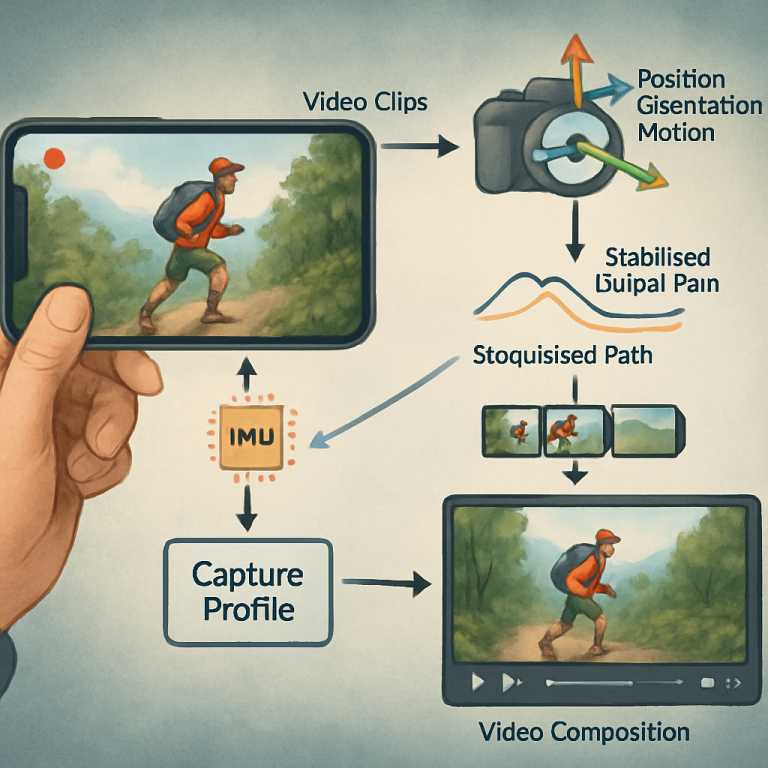
Wearable devices, like smartglasses, are getting more popular. They promise hands-free recording and a natural point of view. But they face these same challenges: shaky footage, long and boring videos, and the need for manual editing. What users want is a device that not only records but also understands when to start and stop, what parts matter, and how to make the final video smooth and shareable without a lot of work.
This is where the new patent steps in. The invention describes a smart eyewear system that captures video, uses sensors to track movement, listens for speech, and edits everything together, all in one process. The goal is simple: make it easy for anyone to record, create, and share high-quality, stable videos of their experiences, no matter what they’re doing.
Scientific Rationale and Prior Art
To understand why this invention matters, let’s look at what’s already out there and how science helps solve the problem of shaky, messy video.
When recording video, stability is key. If the camera shakes, the video is hard to watch. Professional filmmakers use tripods, gimbals, and editing tools to keep things steady. Phones and action cameras use built-in sensors (like gyroscopes and accelerometers) to sense movement and apply digital stabilization. These tools can help, but only up to a point, especially when the camera is worn on the body and moves a lot.
Wearable cameras, like those in smartglasses, add another twist. They move with your head, so every nod, turn, or step gets recorded. Some devices use two cameras, one for each eye, to create a 3D effect. This can make the video more interesting, but it also adds to the challenge of keeping things smooth and in sync.

Existing inventions try to fix these problems in different ways. Some use special algorithms to crop and move the video frame, following a smoother path. Others use external signals, like voice commands or gestures, to start and stop recording. Editing apps let users cut and rearrange clips after the fact. But even with all these tools, making a short, stable, and interesting video is still a lot of work for most people.
Prior art in this field includes action cameras with stabilization, glasses with built-in cameras, and smartphones with editing software. Each has strengths but also limits. Action cameras require extra mounts or accessories. Smartglasses often record everything and rely on the user to pick out the good parts. Editing software is powerful, but it needs time, skill, and effort.
One area where these solutions fall short is in capturing the “important” parts of a video automatically. For example, if someone starts speaking, that moment might matter more than silent footage. If the camera can recognize when someone is talking, or when a special action happens, it could make smarter choices about what to record and keep. This is where sensors and real-time processing come in—letting the device react as things happen, instead of just recording everything.
The new patent builds on all this science and technology. It combines cameras, motion sensors (called inertial measurement units, or IMUs, including accelerometers, gyroscopes, and magnetometers), microphones, and smart programming. The device doesn’t just record blindly; it pays attention to movement, listens for speech, and edits as it goes, giving users a polished final video with less effort.
Invention Description and Key Innovations
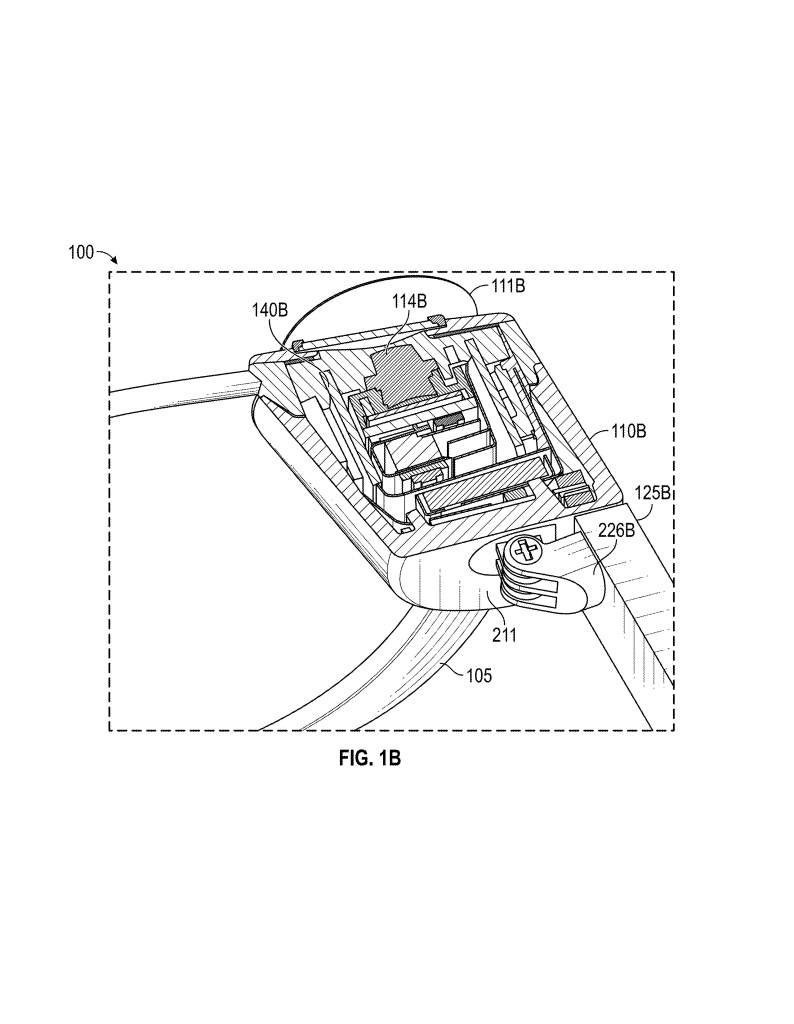
The heart of this invention is a method and system for making better videos with smart eyewear. Here’s how it works, in simple words.
First, the eyewear device has a camera (or two), a microphone, memory, and a set of sensors called an IMU. The IMU tracks how the device moves and which way it’s facing. The microphone listens for speech. The camera records video as the user moves through their environment.
As the device records, it collects motion data from the IMU. This data tells the system how much the camera shakes, turns, or moves up and down. Using this information, the device calculates a “stabilized output path.” Think of this as an imaginary smooth line that follows what the camera “should” have seen, without all the bumps and shakes.
The device then breaks the raw video into segments, based on waypoints along this path. A waypoint is a spot where the camera’s direction or position changes in a meaningful way. For example, if you turn your head to look at a new scene, that might mark a new segment.
But the device does more than just follow movement. It also listens for speech. When the microphone picks up talking, it marks the start and end times. This way, if someone is explaining something or having a conversation, the system knows those moments are important and can make sure they are included in the final video.
Next, the device uses its built-in programming (a video stabilization tool) to modify the raw video. This means it selects the best parts, cuts them at the right points, and adjusts the footage so it’s smoother and more stable. If speech is detected, the system can make sure the whole segment is included, even if it means making the clip a bit longer or shorter.
The invention also allows for different “capture profiles.” A fixed capture profile might record at set times and lengths, like ten six-second clips with pauses in between. A reactive capture profile is smarter—it starts, stops, or changes the length of the video based on real-time signals. For example, it can react to a spoken command (“start recording”), a physical tap on the device, a certain head movement, a change in lighting, or even battery level. If the user says “stop,” the device will stop recording. If someone starts talking, the device can automatically start a new segment.
All this information—video, motion data, speech markers—gets recorded in memory. The processor puts everything together, combining the best video segments along the stabilized path. The result is a video composition that’s already trimmed, stable, and focused on the main action or conversation. It’s ready to share, with little or no editing needed.
This invention stands out because it does the hard work during filming, not just after. By using sensors and real-time decisions, it creates better videos and saves users time. The device can be used in many ways: capturing sports, family moments, tours, classes, or quick updates. Because it reacts to what’s happening—movement, speech, or even gestures—it makes the process more natural and less distracting. Users can focus on what they’re doing, while the device takes care of the video.
The patent also covers how the device can be built. It describes the arrangement of cameras, sensors, displays, and controls on the eyewear. The cameras can be placed to match the user’s eyes, for a natural 3D effect. The sensors can detect movement in all directions. The display can show images or video right in the user’s field of view. Controls can be simple, like a tap or a voice command. The device can connect to a phone or a server for more processing or sharing.
Finally, the invention explains how the system can be flexible. The programming can be stored in memory as software. It can run on the eyewear, a phone, or a cloud server. The system can be updated or customized with different settings, effects, or layouts. This means the invention isn’t limited to one use or one type of user—it can grow and change as technology improves and as users find new ways to record and share their lives.
Conclusion
This new patent for smart eyewear video composition is a big step forward for anyone who wants to capture life’s moments without fuss. By combining cameras, sensors, microphones, and smart programming, the device can record, edit, and produce stable, shareable videos in real time. It reacts to movement, speech, and user commands, making the process hands-free and easy. The invention solves many of the problems that have plagued wearable cameras—shaky video, long boring clips, and hard-to-find highlights. With this technology, anyone can make better videos, whether they’re on the move, in the middle of the action, or just wanting to share a story. As wearable devices become more common, smart systems like this one will help us capture and share our experiences in new, better ways.
Click here https://ppubs.uspto.gov/pubwebapp/ and search 20250216693.

